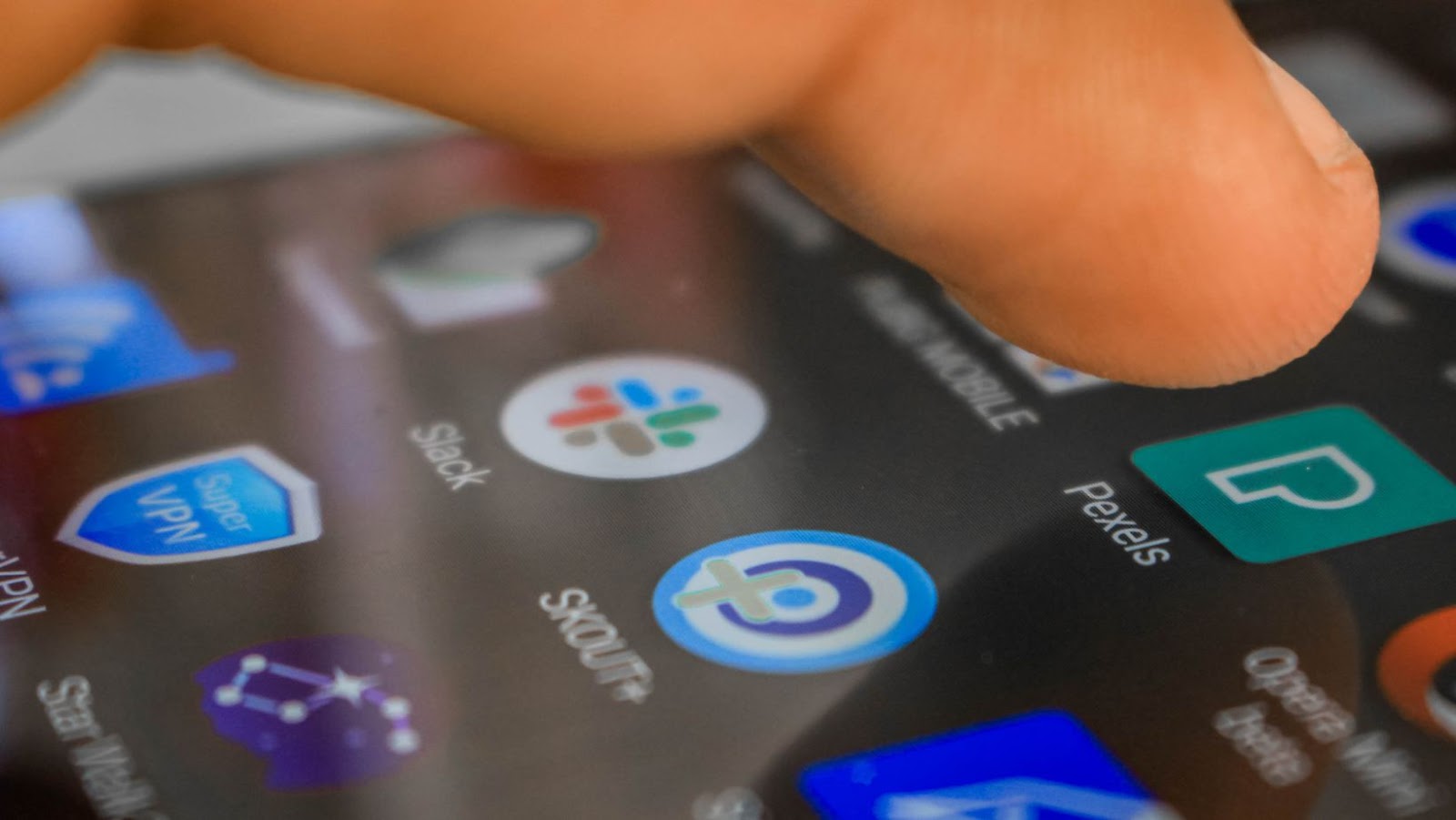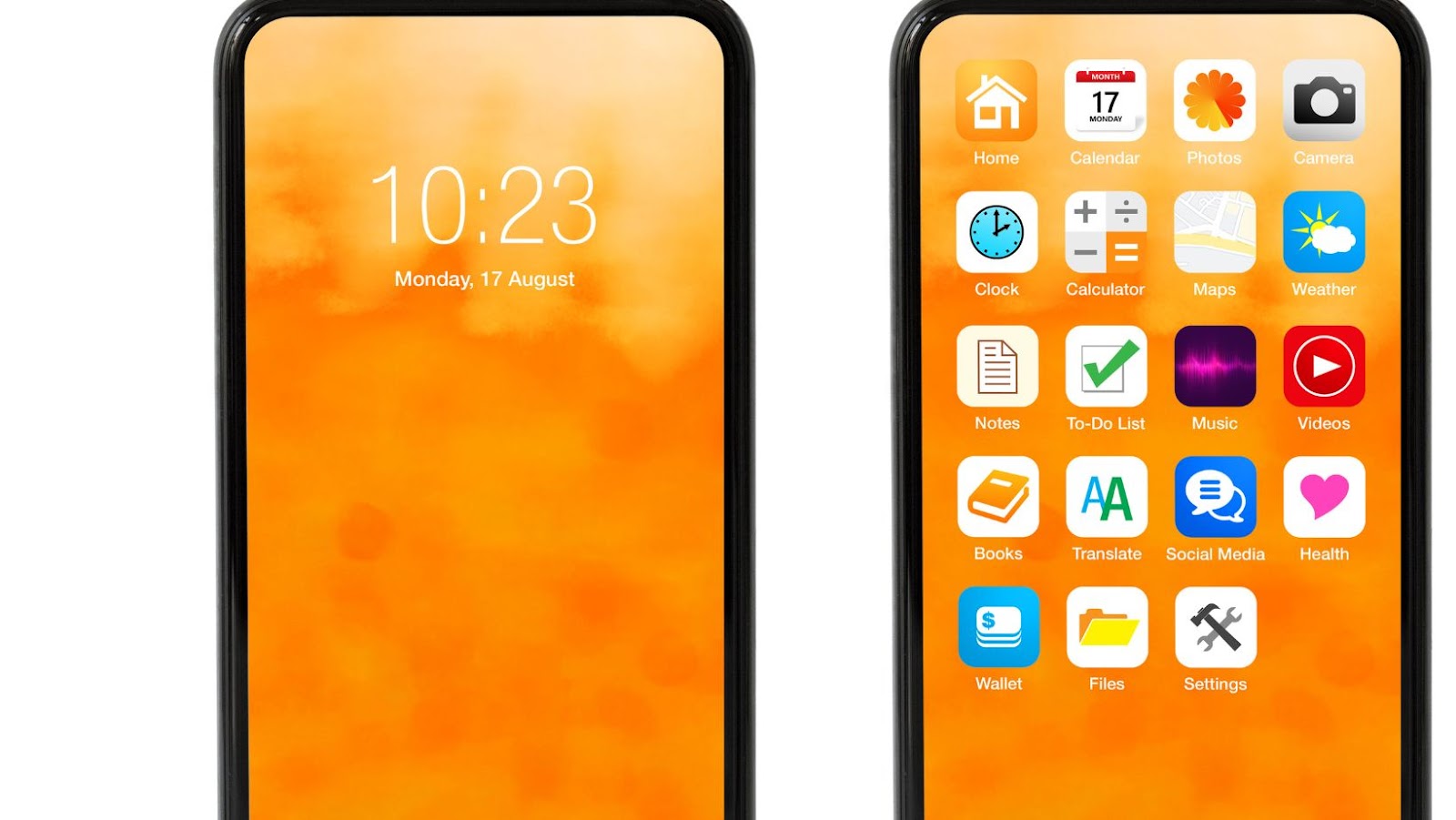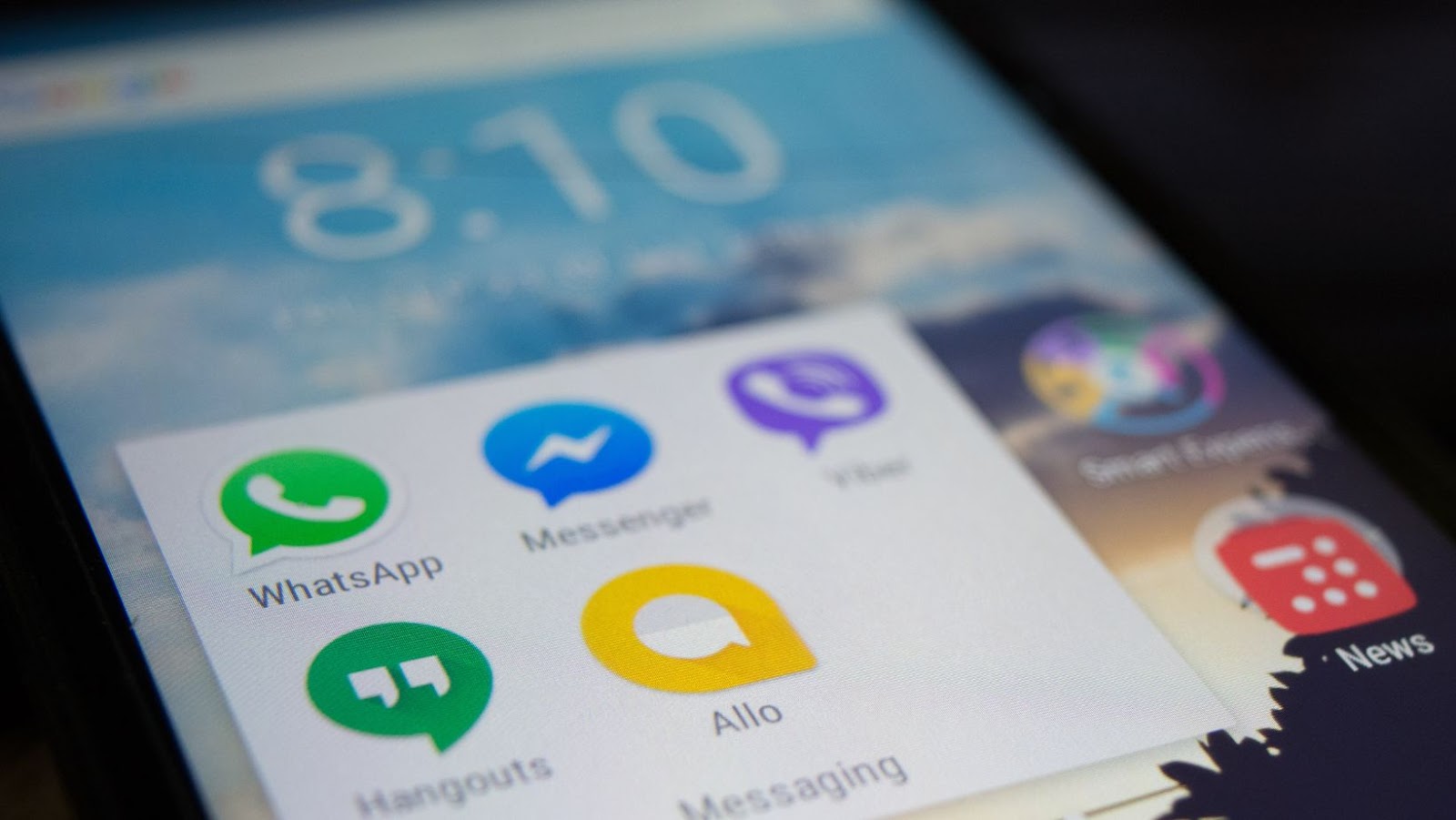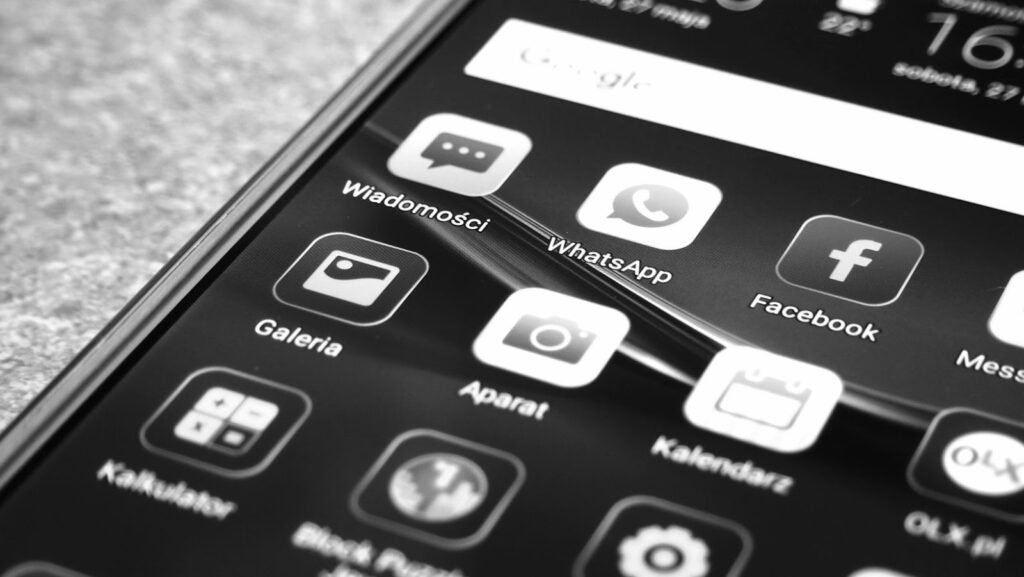Businesses can now leverage the power of Rich Communication Services, or RCS, via Android devices. RCS is meant to provide users with an enhanced experience beyond what traditional SMS and MMS services can offer.
However, the best practices for using RCS are not always clear. This article will provide an overview of the key best practices businesses should consider when leveraging RCS for their communications.
What is RCS?
RCS (Rich Communication Services) is an open mobile messaging standard that allows users to send enhanced messages with more features than traditional text messaging. It is endorsed by the Global System for Mobile Communications Association (GSMA). RCS can share high-quality files, such as images and videos, with visual presentation options such as emojis and stickers. Beyond the content itself, RCS message exchanges offer additional features, such as read receipts, typing indicators and chatbot integration. When implementing Rich Communication Services (RCS), it’s important for businesses to prioritize user privacy and security, as well as consider the impact of mobile app development on overall customer experience, Designrush made a helpful listing.
Using RCS opens up a range of possibilities for businesses to explore new customer engagement channels that are simple to navigate and extremely powerful when influencing customer perception. Some best practices for RCS include creating segmented customer profiles; focusing on ROI rather than reach; combining data for greater insight; utilising automated triggers; and providing personalised customer experiences by creating engaging campaigns with compelling visuals. In short, businesses should strive to ensure the messages they send represent their brand voice in the most effective way possible to capitalise on their investment in an RCS campaign.
How is it different from SMS?
Rich Communication Services (RCS) is the new protocol for messaging applications on mobile devices. It provides an enhanced messaging experience by allowing users to access features such as group conversations, larger file sizes, longer messages, better read receipts and typing indicators. These features make it more useful than Short Message Service (SMS), the standard messaging protocol used for most devices.
Organisations and enterprises need to be aware of some best practices to take full advantage of RCS. First and foremost, organisations must understand their service provider’s infrastructure requirements to ensure that their system is properly configured and updated with the latest version of RCS standards. Additionally, companies should ensure their customers are using compatible devices with support for RCS protocols.
It is also advisable to have a process in place for verifying end-user messages sent via RCS due to the increased security risk associated with its higher levels of functionality. When configured correctly, businesses will benefit from improved customer service experiences through increased interactivity through richer media formats such as videos and pictures and text messages.
By following these best practices when implementing an RCS system in your organisation or enterprise you can take full advantage of this powerful new technology without risking security vulnerabilities or any potential issues that may arise from incompatibility issues between different carriers or outdated hardware models.
Businesses can now send Android users multimedia texts via RCS
Rich Communications Services (RCS) enables businesses to interact with their customers more richly and engagingly than ever before. With RCS, businesses can now send Android users multimedia texts and take advantage of features such as read receipts and typing indicators.
This article will go into the various benefits of using RCS and the best practices businesses should follow to maximise the effectiveness of their message campaigns.
Increased engagement
Using Rich Communication Services (RCS) enables businesses to keep their customers engaged, informed and entertained. It offers efficient marketing, customer service and communication solutions that can add value to the customer experience. In addition, it provides features such as enriched messaging, high-resolution multimedia content, real-time updates and interactive experiences such as polls and surveys.
These features make it easier for companies to interact with customers through a convenient and reliable platform. As well as providing an engaging experience for customers RCS also provides companies with valuable insights into how their customers interact with their products or services. This can help companies improve their customer relationships on a whole new level by making faster decisions based on better data analysis.
When used effectively, RCS increases customer loyalty and encourages repeat purchases due to its personalized approach. In addition, employing the right tone of voice, imagery, and messaging through RCS helps form strong connections with consumers more economically compared to traditional marketing channels such as print or broadcast media. For businesses looking to leverage these advantages, our app marketing services provide comprehensive strategies to maximize RCS’s potential.
In addition, by having access to real-time data users can track user behaviour which can be used to measure the success of campaigns and initiatives in real time allowing appropriate adjustments where necessary. Finally, as most people now have smartphones, it gives businesses access to more people who can engage with their services without having expensive infrastructure like SMS gateway solutions do.
Enhanced customer experience
RCS (Rich Communication Services) is a communication protocol designed by the GSMA as an industry-wide solution offering enhanced customer experience when used for messaging and voice calls. RCS offers interactive experiences and weaves together the telecoms world with technology, making it a powerful tool for enterprises to support their end users on any network.
Benefits of using RCS include:
– Increased reach: The higher level of customer engagement offered by RCS allows businesses to reach more people in more locations. By utilising channels like voice, SMS, emails and rich media messaging, enterprises can quickly spread their message in a larger market.
– Improved customer satisfaction: The interactive features available through RCS help businesses keep customers informed and satisfied. Companies can quickly respond to customer inquiries with personalised messages that become part of the conversation.
– Enhanced flexibility: Unlike other messaging protocols, RCS offers greater flexibility in terms of format and content delivery. Businesses can easily craft highly personalised messages that would otherwise be difficult to create using other systems. With RCS, it is also easier to distribute content such as coupons, product demos and product guides across different devices or platforms.
– Reduced operational costs: Through efficient operational processes enabled by RCS, enterprises can save money on communications costs associated with reaching out to customers over multiple communication channels. Additionally, thanks to its automated features for responding to customers quickly without relying on human resources, it enables companies even further cost savings without compromising on the customer experience they provide.
Improved customer loyalty
Customer loyalty is essential for businesses of any size. An effective customer relationship management system can help you increase customer loyalty by allowing you to interact with customers more personally. Rich Communication Services (RCS) allows companies to communicate quickly, efficiently and securely with their customers, delivering a higher level of 1-on-1 engagement.

With RCS, you can send customised messages directly to individual clients based on their area codes, demographics or other criteria. You can also send promotional and exclusive offers that can be tailored to the interests of the recipient. This gives customers enhanced spending power and keeps them engaged in the brand while creating trust in your product or service. Additionally, RCS allows businesses to respond quickly to customer queries via chat or multimedia messages in real time. This saves valuable time for both the business and the customer.
Other than improved customer loyalty, some benefits from using RCS include greater efficiency in communication channels, improved data security measures for sensitive information and higher engagements with social media groups which increases brand visibility. In addition, implementing features such as group chats improves team members’ collaboration and enables them to gain insights from industry experts at significantly lower costs.
Best Practices
Rich Communication Services (RCS) has opened up a whole new world of possibilities for businesses looking to engage with their audience on a more personal level. With the ability to send multimedia messages, businesses can now reach their Android users much more effectively.
As businesses begin to explore the new opportunities that RCS provides, it’s important to understand the best practices for using the service. This article will discuss the top recommendations for using RCS to reach Android users.
Leverage rich media
Rich media are powerful tools for expressing more than just plain text in conversations. RCS supports features like image and video messaging, as well as audio messages and location messages. Leveraging rich media in your conversational experiences can provide new ways of engaging with consumers, including visual instructions or interactive components like polls. In addition, rich media can provide a more satisfying conversation experience of images, GIFs, maps and embedded web pages.

Integrating rich media into your RCS messaging needs to be done in an intuitive way so that the consumer doesn’t need to guess what type of message they should use to fulfil their query or complete their task. Additionally, when leveraging rich media, it is important to remember that you are responsible for prefetching uploads before sending them in the message, which provides an instant experience for consumers and reduces latency on the receiving side. Lastly, ensuring that you have fallback plans for when rich media fails is essential since not all messaging providers may support all channels of content delivery provided by RCS standards bodies (e.g., GSMA).
Personalise messages
One of the key benefits of using Rich Communication Services (RCS) is the ability to create personalised experiences for customers. By utilising customer data, organisations can tailor messages to include language, visuals, videos and more—allowing them to deliver highly personalised campaigns that engage customers personally.
Personalization can increase customer satisfaction and boost conversions when used effectively by delivering content that resonates with customers. Additionally, it helps improve retention rates by providing tailored recommendations and suggesting other products or services they may be interested in. Integrating localization capabilities into your messaging strategy also helps ensure messages are relevant and engaging by allowing you to customise them for different regions and cultural backgrounds.
To successfully leverage RCS in your messaging strategy, there are several important best practices organisations should keep in mind:
- Study analytics to learn which types of content have the most impact with each customer segment or audience group
- Incorporate visuals when applicable—images and videos have much higher engagement rates than text-only messages
- Keep messages short and concise to prevent your audience from becoming overwhelmed or bored
- Provide clear calls-to-action encouraging recipients to take an action such as signing up for a service or learning more about a product
- Deliver targeted promotions based on data collected from customers’ past transactions
- Test different message formats such as text only vs rich media vs mixed media
Analyse data
Analysing data is one of the most challenging and important tasks when successfully implementing RCS. It requires understanding your customer’s behaviour and needs, extracting meaningful insights from those findings and then leveraging that information to create tailored experiences for the customer. To make sure you get the most out of RCS, consider following these best practices when analysing data:
• Leverage internal and external data sources to paint a complete picture of your customers’ needs at each stage in their journey. This could include surveys, mobile analytics data, CRM records and social media listening.
• Combine different analytics techniques such as cluster analysis, predictive modelling and factor analysis to help uncover task-specific insights.
• Utilise automated AI-driven tools to reduce the time needed for manual data extraction, segmentation and advanced analytics.
• Regularly track customer sentiment by testing campaigns with a sample user base before proceeding with broader rollouts. This will help you spot any areas of improvement where you might be over or under delivering expectations.
Finally, • Gather feedback from all members of your team involved in different parts of the analytics process (data cleaning, statistical analysis, etc.) to ensure that decision making is based on up-to-date insights from real customer feedback.
Implementation
RCS (Rich Communication Services) is a great tool for businesses to communicate with customers, as it can send both text and multimedia messages. Implementing RCS for your business can improve communication, customer service, and help boost sales.

In this article, we’ll go over some best practices for implementing RCS for your business.
Select an RCS provider
When selecting an RCS (Rich Communication Services) provider, it’s important to consider the service level you need, the compatibility of their platform with your existing infrastructure, and the pricing structure. It’s also a good idea to read customer feedbacks and get recommendations from industry professionals. Finally, it’s best practice to try out a prospective provider with a free trial before committing.
The provider should be able to offer comprehensive support services for integration, training and operation. The capabilities of RCS providers vary widely, so you should clearly understand your business’ specific needs before making a selection. In addition, your provider should be capable of developing tailored solutions backed up with reliable technical support.
Integrate with existing systems
Integrating RCS with existing systems can help ensure smooth and seamless customer interactions. Here are some best practices for implementing RCS:
1. Make sure the system is stable and secure, considering anticipated usage frequency.
2. Evaluate available statistics to ensure that capacity meets projected volumes of work and client demand.
3. Set up regular analytics feedbacks to ensure the system meets performance targets and identifies any problems early on.
4. Regularly test different use cases and customer journeys to verify that the system is working correctly in every development, deployment, and maintenance stage.
5. Utilise existing data sources, such as analytics tools or customer databases, to help make better decisions about new features and changes needed for further improvements of integration processes between systems.
6. Use established communication protocols such as REST or gRPC when connecting components, so all maintainable services can be replaced independently while keeping other components intact.
7. Have a comprehensive audit log that stores changes made in data, settings, or overall process so all actions related to each component are fully traceable for operational purposes.
Test and optimise
Properly testing and optimising an RCS deployment is critical to ensure customers receive a consistent, frictionless experience when opening and engaging with messages. To ensure success, consider conducting a series of test campaigns in which multiple audiences are targeted with varying content. This will help you determine the right combination of media, messages and triggers tailored to each audience segment.
Test multiple channels, including SMS, email and push notifications. Evaluate how customers interact with each channel so you can properly identify which one is the most effective for a given audience segment. You should also pay close attention to triggering signals such as location or frequency — they must be aligned with customer expectations or usage patterns to maximise engagement rates.
It’s also important to optimise the customer journey by testing different approaches such as triggered campaigns vs seasonal campaigns or re-engagement campaigns vs welcome campaigns — seeing which approach yields the highest response rate. Finally, take note of results from your test campaigns and look for trends across all engagement activities — this will help you fine-tune your strategies and tactics for subsequent deployments.


More Stories
Keep Your Tribe Engaged: The Benefits of Using Mods on a Hosted Server in Ark
How to Bring the Dreamcore Aesthetic into Your Home
Reasons Why Instagram is Essential for Building Your Personal Brand